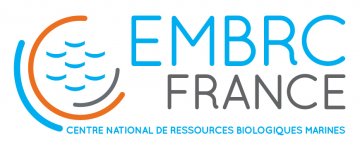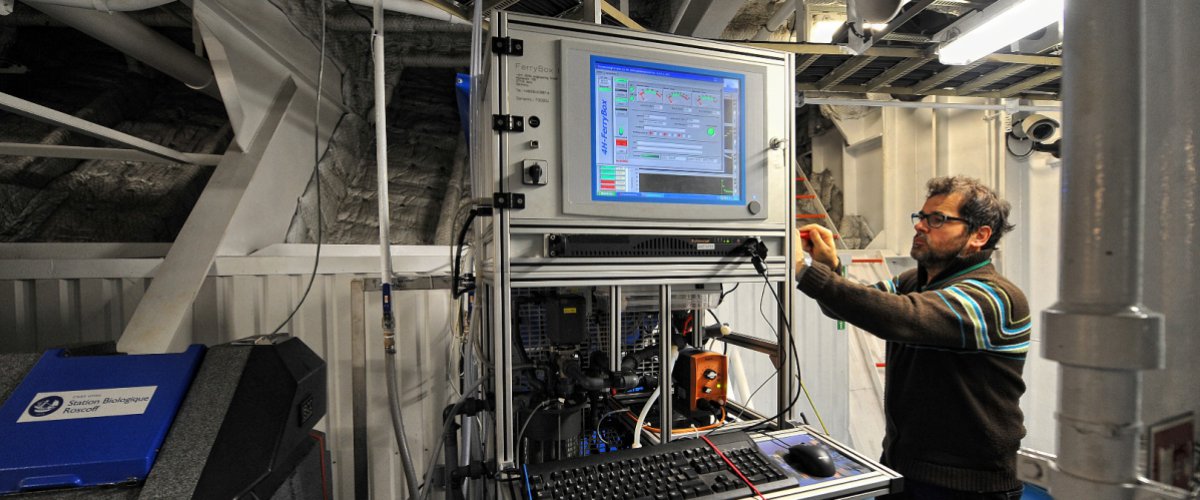Climate-change gases
Climate-change gases
Air-sea CO2 fluxes
CO2
An accurate assessment of air-sea CO2 fluxes is essential to predict the intensity of future global warming and its impact on climate change. This will help researchers better understand the role of the ocean in uptake and redistribution of gases such as anthropogenic CO2, which will ultimately increase understanding of the role that oceanic activity plays in climate change. Our goal is to better understand present day carbon cycle dynamics, quantify air-sea CO2 fluxes, and determine future long-term trends of CO2 in response to global change forcings in the coastal oceans. While the atmospheric CO2 sink is reasonably well constrained for the open ocean, CO2 flux estimates for the coastal ocean are subject to large uncertainties. Due to strong spatial heterogeneity and temporal variability, carbon flows in coastal environments are poorly constrained. It is critical to better assess the magnitude and controls on the major coastal ocean carbon fluxes to improve our ability to predict future changes to CO2 fluxes in coastal oceans based on a process-level understanding. We aim at reducing those uncertainties by investigating the different biological and physical pumps mechanisms controlling the CO2 air-sea fluxes. We also want to point out which specific areas of the ocean are most likely to act as a sink or a source for atmospheric CO2. First studies have targeted the North Sea and the Antarctic Ocean and are now being carried out in Breton coastal ecosystems. We make the most of the large variety of the Breton continental shelf ecosystems, representative of all the temperate continental shelf systems around the world (stratified, homogeneous, estuaries, estuary plumes, thermal fronts). Continental shelf seas constitute one of the most biogeochemically active areas of the biosphere. They receive massive inputs of organic matter and nutrients from land and exchange large amounts of matter and energy with the open ocean across continental slopes. Continental shelf sea environments are therefore an important component of the global carbon cycle, and more vulnerable than the open ocean to anthropogenic forcings.
Research Programs:
CANDYFLOSS (funded by NERC) 2013-2017
CHANNEL (funded by INSU) 2013-2015
CARBORHONE (funded by INSU) 2011-2014
CALVI (funded by the LEFE/CYBER program) 2009-2011
CO2ARVOR (funded by a local council, the Brittany Region) 2008-2010
VHOCs compounds in marine environment have natural and anthropogenic sources: they are released in high amounts into the environment by human activities, but marine macroalgae and phytoplankton also naturally contribute to the halocarbon budget. The input of these compounds in the stratosphere contributes to ozone depletion and heat trapping. Marine sources and fluxes as well as biogenic production are poorly investigated. We aim at assessing VHOC marine output and stratospheric input in highly productive marine areas, subject to high anthropogenic impact, such as the Penzé estuary, in the bay of Morlaix.








